Contents
On our plots grows a close relative of the wild blackberry, which can be found in the forests near swamps or lakes. In summer, its bushes look very picturesque – large and very dense, bright green leaves stand out beautifully against the background of thick brown branches, almost white withered and black frozen old shoots. Delicate flowers and ripening berries look great inside such a bush, but it is not easy to get through the prickly spiked branches to a ripe berry. To prevent this from happening in our gardens, blackberry pruning must be carried out annually and correctly.
Why trim
Blackberry is a biennial plant, which means that in the first year of its life its shoots grow, get stronger, fruit buds are laid on them, but only in the second year they bloom and bear fruit. After fruiting, the shoots grow old, there will be no more fruits on them, but the plant still expends energy to keep them alive. It is necessary to remove these old fruiting shoots so as not to deplete the strength of the bush, so that it forms large tasty berries, the quantity and quality of which will inexorably decrease without pruning. It is the regular pruning of blackberries that allows the plant to effectively expend its strength, direct nutrients to new growing shoots.
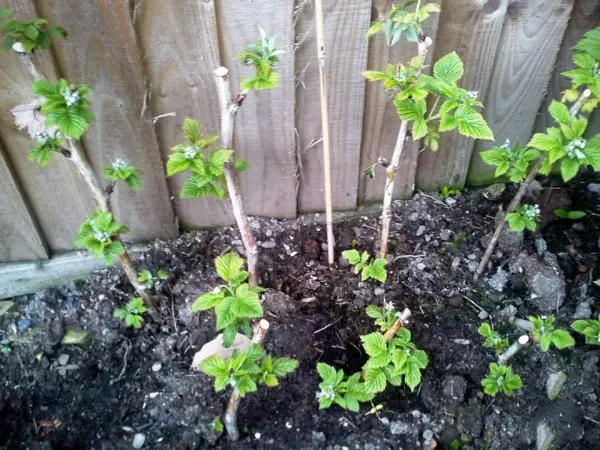
Most blackberry varieties produce a lot of root shoots that need to be removed. A bush that is too dense, if not cut in spring or autumn, becomes impervious to sunlight, this harms the quality of the crop, weakens the whole plant, creates a danger of diseases and winter freezing. The fewer branches, the easier it is to cover them for the winter. It is necessary to properly thin out the bush so that it winters well.
Even with the best care, branch injuries inevitably occur, they can be spoiled by rodents, broken by the wind, they can be affected by some kind of disease, frostbite. For the health of the whole plant, it is important to remove them in a timely manner.
Blackberry pruning is of decisive importance for the quality of the crop. Not only does it encourage flowering and fruiting the following spring, but it makes the entire bush much stronger.
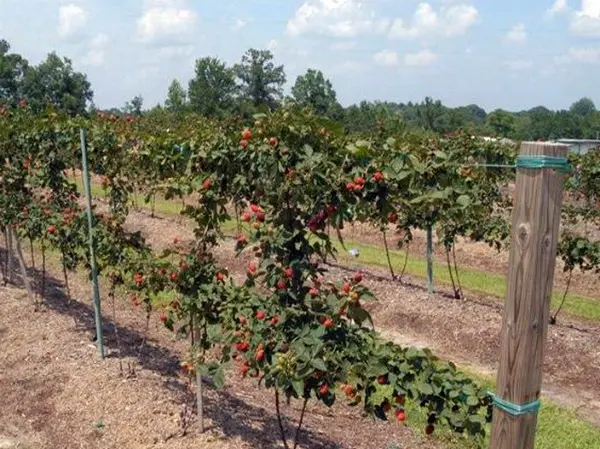
Blackberry pruning technology
The first time garden blackberries are pruned immediately after planting, shorten all shoots, leaving approximately 25 cm from the ground. Depending on the variety and type of plant, more than 10 shoots can grow in the first year. Straight-growing (kumaniki) usually give a lot of replacement shoots, their new shoots growing from the root reach 3 m and even more. From excess shoots that begin to grow from the adventitious buds of the root, the so-called root shoots, experts recommend getting rid of even in the summer. Remove weak, damaged, growing inconvenient for the future formation of the bush. Creeping varieties (dew) do not give root shoots, their replacement shoots grow from the rhizome, and many fruit twigs form on the shoots. In the summer of the first year, it is advisable to shorten the branches by 10-15 cm, this stimulates the lateral branching of the brambles, and in the dewberry encourages the formation of new fruit twigs.
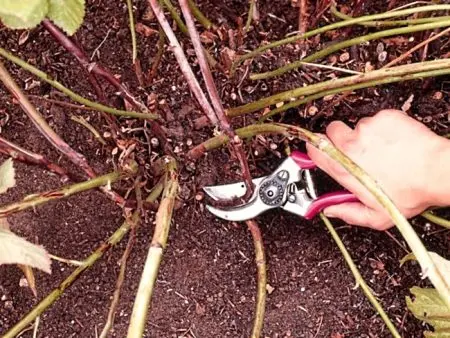
In the fall, in the first year after planting, the shoots are shortened: in straight-growing plants they are left at a level of 1,8 m or slightly less, the creeping ones are cut off at the bend, removing the top (you need to cut it off immediately after the bud). Completely remove shoots damaged by pests or those that have grown clearly weak and frail. A normal healthy garden blackberry bush consists of 8 or 10 fruiting shoots, if more has already grown, then an average of 10 pieces are left – when the owner inspects the plant in the spring, it may turn out that some did not survive the winter, so it would be right to leave some stock. So in the fall, extra shoots are removed, leaving no more than 10. They are cut out near the ground, and some gardeners advise cutting them even below the soil level so that the cut point does not rot or freeze in winter.

Pruning scheme for fertile blackberry branches
In the spring of next year, all shoots that are damaged in winter are removed, and the remaining ones are shortened to a healthy bud by 10–15 centimeters. This event is carried out in early spring before the awakening of the kidneys, after which the bushes are tied up. The long branches of garden blackberries need support, they are tied up or braided so that it is convenient to grow, and it is convenient for the owner to care for and harvest them. They make supports, stretch the wire in rows, between which shoots are braided or wound on one of the wires. This also helps form the bush.
Those shoots that will bear fruit this year are fixed on the one hand, and new ones, when they grow up, on the other hand. If the branches are fixed on one trellis with a fan, then the fruit-bearing ones can be fixed in the middle, and the new ones can be let out to the sides (or vice versa). This will make harvesting convenient, help all ground parts of the bush stay in the sun, facilitate subsequent pruning and harvesting of shoots for the winter, and protect the owner’s hands from sharp thorns.
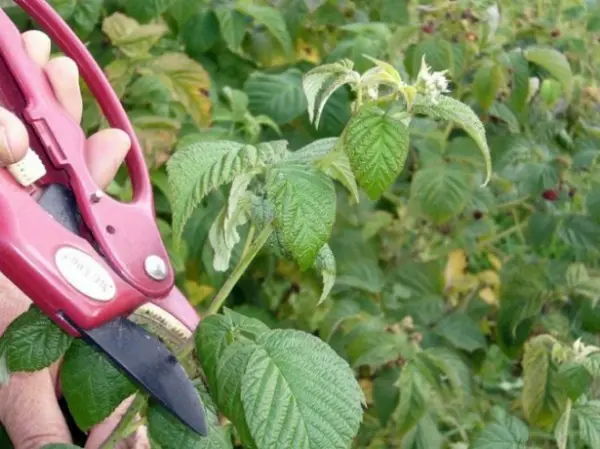
At the beginning of summer, many gardeners shorten fruit-bearing shoots in order to transfer fruiting to the middle of the branches, to stimulate the growth of fruit twigs in dewberries and lateral shoots in kumanika.
The main pruning takes place in autumn. In the second year after planting, the owners have already collected berries, which means that you need to remove the branches on which they grew.
If the bush was tied up correctly, then this is easy to do – cut out everything located on one side, and leave the young ones on the other. It is advisable to unweave them, remove them from the trellis, examine them, destroy all the bad, weak, damaged ones, and shorten the remaining healthy and strong ones (about 10 shoots) by a quarter, roll them up and put them in a trench or just on the ground, cover them with something for the winter.
The creeping thornless blackberry (thanks to the breeders) easily unwinds, and it is much more pleasant to roll it. But it is even easier to work with remontant varieties – in the fall all the branches are simply cut off, the root is covered for the winter, and in the spring new fruit-bearing shoots grow. These annual plants produce a crop in the year of planting.
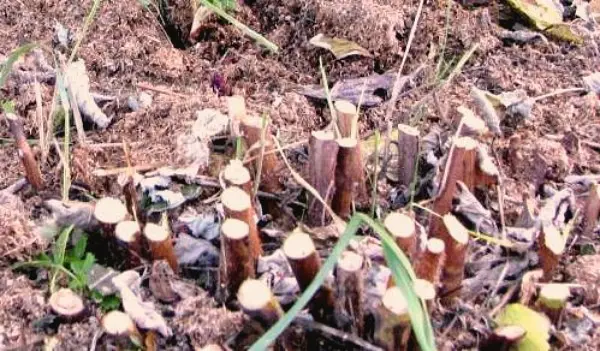
Final normalization of blackberry shoots
Replacement shoots are rationed to regulate yield. Depending on the variety and species, blackberries bear large fruits on a certain number of branches, if you leave more of them, the yield may decrease, and the berries may be crushed. It is believed that kumanika will give the best harvest on 4-5 shoots, and it is advisable to leave up to 7 pieces for dewberries. Other experts believe that an adult bush of a straight-growing blackberry should consist of 5–7, and a creeping one should consist of 8–10 fruit-bearing branches. Based on the capabilities of the variety, growing conditions and personal experience, each gardener decides how many fruit-bearing shoots he needs to leave for a good harvest. A couple more spares are added to this number (the extra ones can be cut out in the spring), they are shortened by a quarter of the length, and all the rest are removed at the end of the fruiting process.
In autumn, blackberries are pruned after the end of the growing season, and in spring – before the buds swell.
This process is very important for the healthy growth of the bush, the quality of the crop, so you should not neglect it, on the contrary, it must be done, but do it right.
Video “How to cut blackberry branches”
In this video you will learn how to prune blackberries before wintering. Make sure it’s easy.









